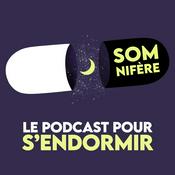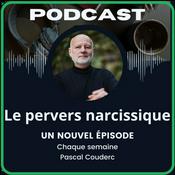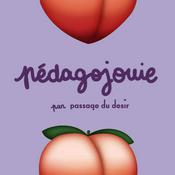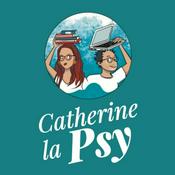127 épisodes
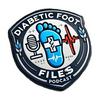
Triple Clear HF with Dr. Andronica Handie, DPM, MS - Nanotech Nails: A New Front in Diabetic Foot Care
18/12/2025 | 24 min
Dr. G interviews Dr. Andronica Handie, DPM, MS about combining his background in nuclear medicine and biopharmaceutical sciences with podiatric innovation to tackle onychomycosis in diabetic patients. They discuss TripleClear HF, an all‑natural topical antifungal using nanotechnology to penetrate nail plates, trial results showing marked reductions in nail thickness, and safety advantages over systemic antifungals. Takeaways: TripleClear HF can be used preventively or as primary therapy to reduce fungal burden, improve compliance through rapid visible effects, and may play a role in long‑term diabetic foot hygiene and limb preservation alongside blood sugar control and daily foot checks.

The Silent Finisher: Morganella in Diabetic Foot Ulcers
16/12/2025 | 11 min
Dr. G breaks down Morganella morganii — a gram-negative, urease-producing opportunist that appears in late-stage diabetic foot ulcers when tissue is necrotic, hypoxic, and antibiotic-weakened. The episode covers its origin, why it thrives in alkaline, chronic wounds, typical clinical signs, diagnostic pitfalls in polymicrobial cultures, intrinsic resistances (eg, ampicillin), treatment priorities like deep cultures, targeted antibiotics, aggressive debridement, and vascular assessment.

Stenotrophomonas Maltophilia in Diabetic Foot Ulcers
16/12/2025 | 20 min
Episode decoding Stenotrophomonas maltophilia — a water-associated, multi-drug resistant bacterium that thrives in hospital plumbing and chronic diabetic foot ulcers. Learn how it forms biofilm, resists many antibiotics, and presents as a chronic non-healing wound that often requires targeted therapy (trimethoprim-sulfamethoxazole), aggressive debridement, and ecosystem-based care. We cover reservoirs and transmission, diagnostic tips (deep tissue culture, susceptibility testing), prevention strategies (sterile irrigation, avoid unnecessary broad-spectrum antibiotics, moisture control, early culturing) and why this quiet organism is a marker of chronicity and limb-threatening risk.

The Shape-Shifters of Diabetic Feet: Proteus mirabilis & vulgaris Unveiled
12/12/2025 | 19 min
Dr. G dives into the Proteus genus—Proteus mirabilis and Proteus vulgaris—explaining their history, swarming behavior, urease-driven alkalinization, virulence factors, and why diabetic foot ulcers provide the perfect environment for these pathogens. The episode covers clinical clues (strong ammonia odor), diagnostic differences, biofilm-driven resistance, treatment priorities (sharp debridement, systemic antibiotics, pH control, and topical agents), and case examples including osteomyelitis and crystal formation.

The Red Invader: Serratia marcescens and Diabetic Foot Ulcers
11/12/2025 | 17 min
In this episode of Diabetic Foot Files we explore Serratia marcescens — a red-pigment producing, opportunistic gram-negative bacterium that can rapidly worsen diabetic foot ulcers. We cover its history, microbiology and virulence, clinical clues (including the telltale pink drainage on dressings), diagnostic tips, and culture-directed treatment strategies. The episode also reviews wound care approaches to disrupt biofilm, antibiotic options guided by sensitivities, prevention steps for clinics and patients, and real-world case examples to help clinicians protect limbs and improve outcomes.
Plus de podcasts Forme et santé
Podcasts tendance de Forme et santé
À propos de Diabetic Foot Files
Écoutez Diabetic Foot Files, Métamorphose, éveille ta conscience ! ou d'autres podcasts du monde entier - avec l'app de radio.fr

Obtenez l’app radio.fr gratuite
- Ajout de radios et podcasts en favoris
- Diffusion via Wi-Fi ou Bluetooth
- Carplay & Android Auto compatibles
- Et encore plus de fonctionnalités
Obtenez l’app radio.fr gratuite
- Ajout de radios et podcasts en favoris
- Diffusion via Wi-Fi ou Bluetooth
- Carplay & Android Auto compatibles
- Et encore plus de fonctionnalités


Diabetic Foot Files
Téléchargez l’app,
Écoutez.








